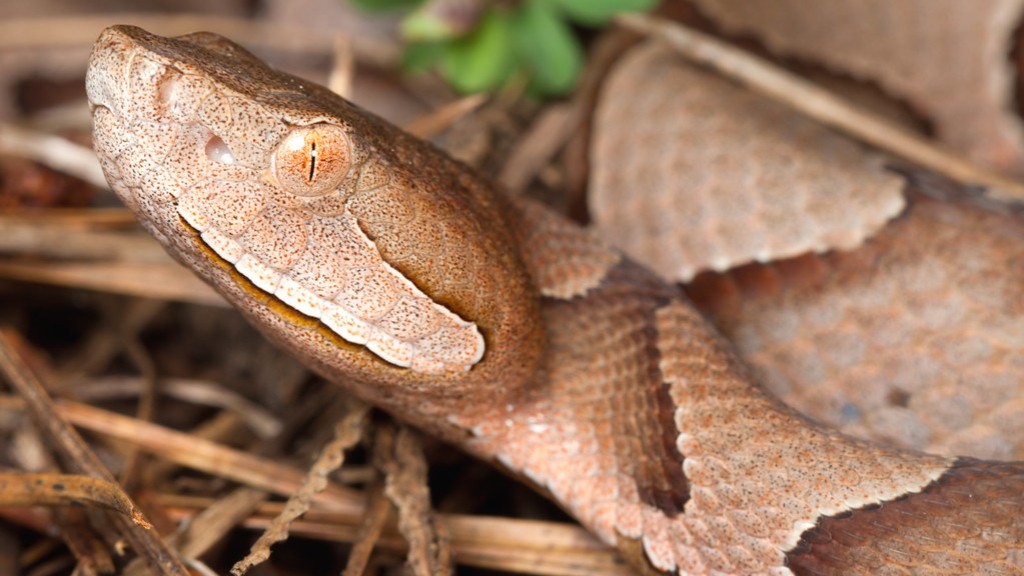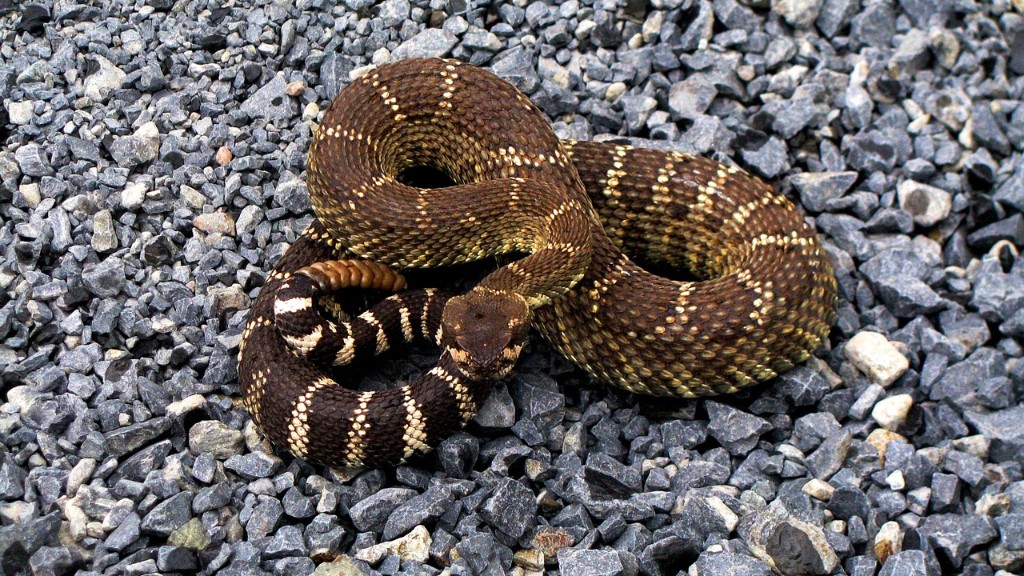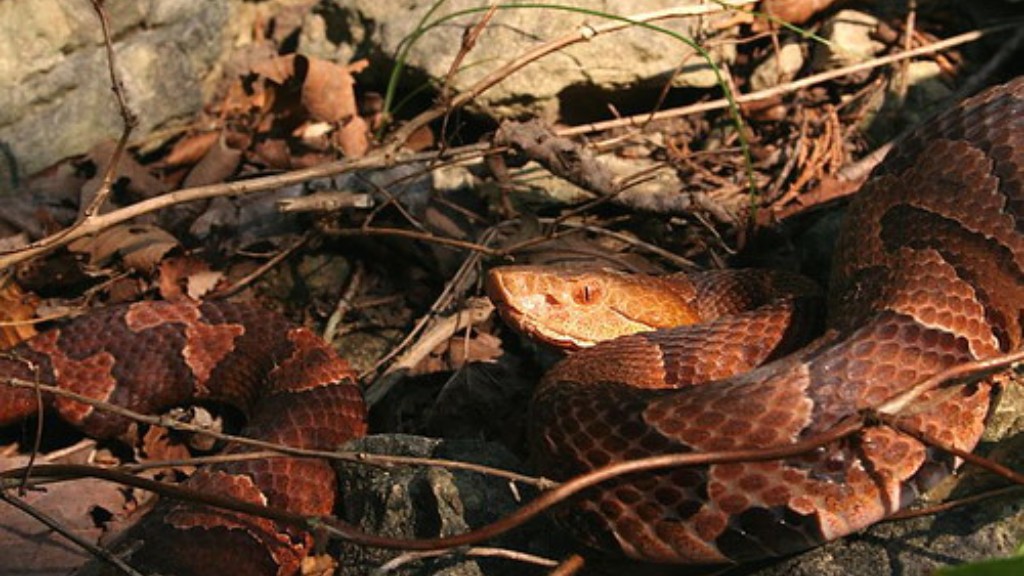How to Distinguish between a Corn Snake and a Copperhead
Introduction
Snakes are fascinating creatures that can be found in various parts of the world. In the United States, two snake species, the corn snake (Pantherophis guttatus) and the copperhead (Agkistrodon contortrix), are often mistaken for one another due to their similar coloration and patterns. However, upon closer examination, several distinguishing characteristics can help differentiate between these two species. This article aims to provide a comprehensive guide on how to tell between a corn snake and a copperhead.
Body
1. Appearance
1.1 Coloration
– Corn snakes typically have a vibrant red or orange coloring with distinct black-bordered red blotches along their back. In contrast, copperheads have a light brown or copper-colored base with darker hourglass-shaped crossbands along their body.
– Consider observing the overall coloration and pattern to assess if it aligns more with the vivid hues of a corn snake or the subtle earth tones of a copperhead.
1.2 Head Shape and Size
– Carefully inspect the head shape of the snake. Corn snakes possess a slender and elongated head shape, similar to that of most non-venomous snakes. On the other hand, copperheads have a more triangular-shaped head, broader at the back and tapering to a point, which is characteristic of pit vipers.
– Additionally, corn snakes have relatively larger eyes compared to their head size, whereas in copperheads, the eyes are proportionally smaller.
2. Body Characteristics
2.1 Scales and Texture
– Run your fingers along the scales of the snake. Corn snakes have smooth and glossy scales that give them a polished appearance. Copperheads, on the other hand, have rough scales that may feel keeled or ridged.
– Observe the skin texture and tactile experience, as this can be a useful indicator in differentiating between the two species.
2.2 Size and Length
– Corn snakes usually reach a length of 3 to 5 feet, although some individuals can grow even longer. Conversely, copperheads are typically shorter, averaging around 2 to 3 feet in length.
– Take note of the snake’s size and length, as it can provide valuable information when attempting to identify the species.
3. Behavior
3.1 Temperament
– Although both species may display defensive behaviors when threatened, corn snakes are generally more docile and less likely to bite humans. Copperheads, as venomous pit vipers, have a more aggressive disposition when cornered or disturbed.
– It is essential to exercise caution when assessing an unknown snake’s behavior, as their reactions can vary depending on individual characteristics and the circumstances.
3.2 Movement
– Pay attention to the snake’s movement patterns. Corn snakes are known for their smooth and graceful slithering, often maintaining a rhythmic motion. Conversely, copperheads tend to exhibit a relatively slower and more deliberate movement.
– Analyzing the snake’s movement can aid in distinguishing the species, as each may possess distinct patterns.
4. Geographic Distribution
4.1 Range
– Identifying the geographic location can be an important clue when attempting to determine the species. Corn snakes are native to the southeastern United States, ranging from New Jersey to Florida and westward to Louisiana and Kentucky. Copperheads, however, have a wider distribution, found throughout the eastern and central parts of the United States, ranging from Texas to New England.
– Considering the snake’s observed location can greatly narrow down the possibilities and help with identification.
Conclusion
In conclusion, telling the difference between a corn snake and a copperhead requires a careful examination of various factors. These include the snake’s coloration, head shape and size, body characteristics, behavior, and geographic distribution. By considering these distinguishing features, individuals can confidently identify whether they are encountering a harmless corn snake or a potentially venomous copperhead.
It is important to note that if you encounter a snake in the wild and are unable to accurately identify it, it is safest to maintain a safe distance and avoid provoking or handling the snake. Seeking assistance from an expert, such as a local herpetologist or wildlife professional, is always recommended to ensure both the snake and observer remain safe and undisturbed.




